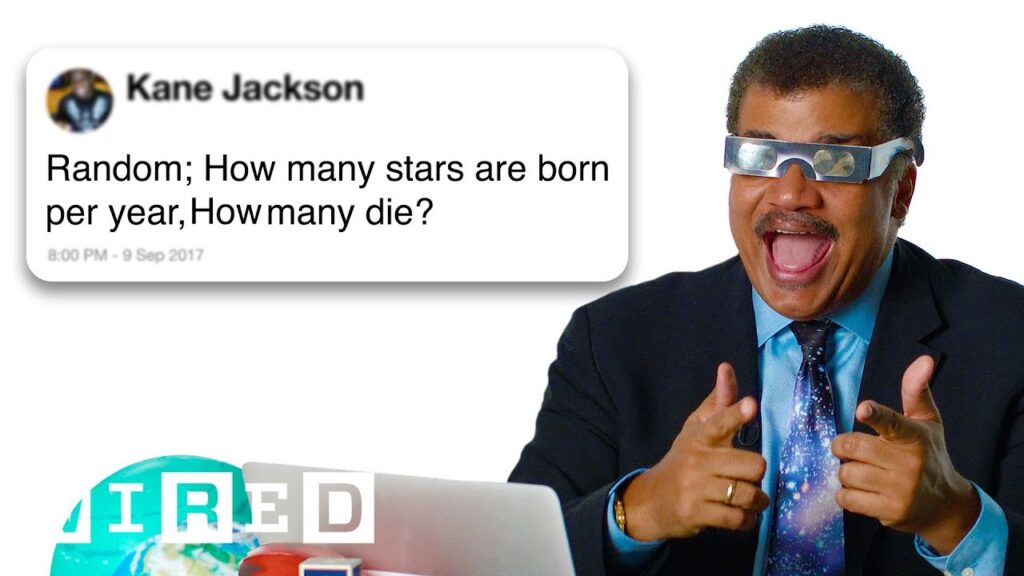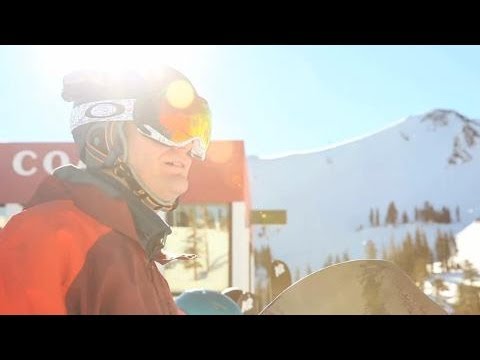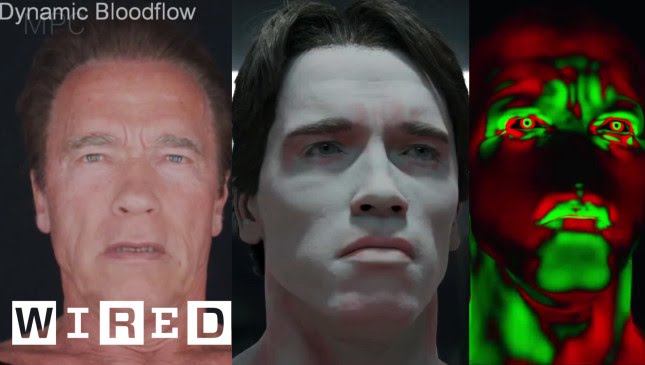The Use of Easter Eggs in Star Trek Picard
Summary
Michael Chabon and Akiva Goldsman, the producers of Star Trek Picard, discuss their use of Easter eggs in the series, which they define as hidden surprises that are not essential to the plot but added for the enjoyment of themselves and the fans. The producers put Easter eggs in each episode, and the Starfleet Archive set included several Easter eggs such as a Happy Captain Picard Day banner and a scale model of Picard’s first command, the Stargazer. This Q&A session covers various Easter eggs and details in the first season, the Romulan language, the use of head tilting gesture, resort locations, and the significance of ship names.
Table of Contents
- The Definition of Easter Eggs
- Star Trek Picard’s Use of Easter Eggs
- The Romulan Language and Head Tilting Gesture
- Resort Locations and Ship Names
- Conclusion
The Definition of Easter Eggs
Questioner: Can you give us your definition of what an Easter egg is in the context of Star Trek?
Michael Chabon: In the context of Star Trek, an Easter egg is a hidden surprise that is not essential to the plot but added for the enjoyment of ourselves and the fans. It’s something that we put in there because it’s fun for us, and we think it’s fun for people who know about it.
Akiva Goldsman: Yes, I’d say it’s a nod to the people who have watched all the various series over the years and have an almost encyclopedic knowledge of the Star Trek universe. We want to reward those people for their fandom and their devotion.
Star Trek Picard’s Use of Easter Eggs
Questioner: Can you give us some examples of Easter eggs that you’ve used in Star Trek Picard?
Michael Chabon: Sure, in the Starfleet Archive set, we put a Happy Captain Picard Day banner and a scale model of Picard’s first command, the Stargazer, on the shelf. We also used a painting on black velvet of a Gorn, a classic Star Trek enemy, in the background of a scene.
Akiva Goldsman: Yes, the Gorn painting was originally planned to be more prominent, but we ended up changing it because it was becoming a bit of a conspiracy to include it. There may be more Easter eggs hidden that we’ve forgotten about while making the show.
Questioner: How do you decide which Easter eggs to include in each episode?
Michael Chabon: Some of it is just for our own pleasure. We’re both fans of the show, and we want to put things in there that we think are cool. Sometimes there are references to past characters or episodes that we think are fun to include.
Akiva Goldsman: We also try to think about what would add value to people who know the show well. We don’t want to detract from the main story, but we do want to reward people who have been following the show for a long time.
Questioner: What about the Romulan language used in the show?
Michael Chabon: The Romulan language used in the show was created based on the canon notion that Romulans descended from Vulcans, and we wanted to create a real language that followed the known rules of grammar and linguistic changes over time. We also worked with a linguist to make sure everything was correct.
Questioner: I noticed that a character in the show does a head tilting gesture. Is that an Easter egg?
Akiva Goldsman: Yes, that’s a reference to Harlan Ellison, a seminal science fiction writer who wrote one of the most popular Star Trek episodes, “The City on the Edge of Forever.” He did that gesture, and we thought it would be fun to include it in the show.
Resort Locations and Ship Names
Questioner: I noticed that the show evokes several resort locations, such as Ris, the pleasure planet in various Star Trek series. Is that an Easter egg?
Michael Chabon: Yes, that’s definitely an Easter egg. We love the idea of there being these resort planets where people can relax and enjoy themselves in the Star Trek universe.
Questioner: Ship names have always been a fertile hiding place for Easter eggs. Have you used any ship names as Easter eggs in the series?
Akiva Goldsman: Yes, we have. For example, in the first season, we named a ship the Ibn Majid after a famous Arab navigator who was one of the first people to navigate the Indian Ocean. We also named a ship the Verity after Jane Austen’s novel, “Sense and Sensibility.”
Michael Chabon: And in episode three, we invoke the memory of Raoul Wallenberg, who saved many Jews during the Second World War, by naming a ship the Wallenberg.
Questioner: Can you give us some examples of more humorous Easter eggs that you’ve used in the show?
Akiva Goldsman: Sure, one of the characters in the show drinks tranya, which is a drink that was mentioned in the Star Trek episode “The Corbomite Maneuver.” We also reference the “red Bolian” in a scene.
Michael Chabon: And there’s a resort location called the Temtebue Lagoon, which is a reference to an old joke on the Star Trek fan boards.
Conclusion
The use of Easter eggs in Star Trek Picard satisfies the criteria of not meaning anything to people who don’t know anything about the show while adding value to those who do. The producers use Easter eggs to reward and entertain die-hard fans while not detracting from the main story. From resort locations to ship names to found items on sets, the team has found various ways to incorporate Easter eggs into the show while keeping them hidden enough to reward the most dedicated fans. The use of head tilting and Romulan language also showcase how far the producers go to make the show an immersive experience for all fans.







